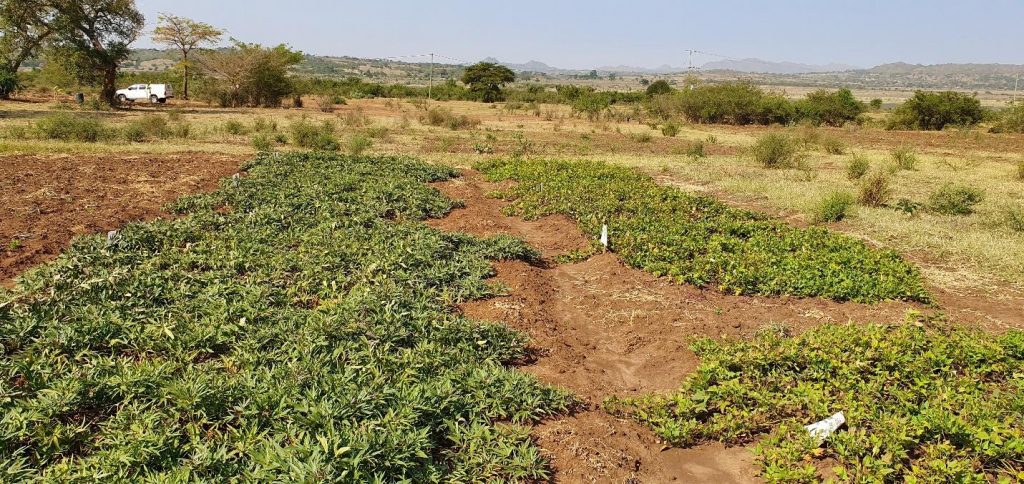By Kwame Ogero, International Potato Center (CIP)

Cultivar decline, a progressive reduction in yields from season to season, is a major challenge to sweetpotato farming. This is largely caused by viruses such as sweet potato feathery mottle virus (SPFMV) and sweet potato chlorotic stunt virus (SPCSV). The two are the most devastating in East Africa and can combine to cause sweet potato virus disease often leading to 56 – 98% yield losses. Being vegetatively propagated, sweetpotato accumulates viruses over time. The use of virus infected material obtained from the previous crop is the most common source of sweetpotato viruses. The accumulation of viruses in the propagating material leads to a decline in cultivar performance.
Tanzania which is the second largest producer of sweetpotato in Africa and third in the world has not escaped the threat posed by viruses in production. Although the country ranks third in global sweetpotato production, productivity is very low mainly due to use of virus-infected seed. For instance, in 2018 Tanzania produced 3, 834, 779 tonnes on 766, 494 ha translating to about 5 t/ha and farmers using quality seed were less than 1 per cent. Most farmers, majority of whom are female, recycle planting material from the previous crop without proper adherence to quality standards. Use of clean virus-tested planting material can help in addressing this. Several projects have been implemented in Tanzania with an aim of establishing a formal seed system through which farmers can access virus-tested seed. This includes use of protected structures such as screen houses and net tunnels at farm level. However, clean planting material can get re-infected on farm depending on management practices, agroecology and level of cultivar resistance.
To understand the rate at which clean planting material degenerates under different agroecologies we are conducting a study comparing performance of virus-tested and farmer-sourced planting material of two varieties in two agroecologies at the Lake Zone, Tanzania. The experiments are being conducted in Bunda district, Mara region, and Geita Rural district, Geita region. Bunda has a unimodal rainfall pattern whereas Geita has a bimodal rainfall pattern. Farmers in areas with bimodal rainfall patterns grow sweetpotato twice a year making carry-over of infection from older to younger crops possible. Farmers with a unimodal system experience long dry periods between two sweetpotato seasons and lose most of the crop during this time. Consequently, virus inoculum and vector populations may reduce but the influence of alternative host plants for both the survival of the viruses as well as the vectors is not known.
Preliminary results have shown differences in yield and rate of virus infection between the two sites and cultivars (Ejumula and Kabode). Ejumula variety sourced from farmers was 90% infected by the second season at the two sites. This increased to 100% by the third season. However, the effect on root yields was lower in Bunda district compared to Geita. The study which is now in the fourth season will help inform variety replacement strategies. Improved knowledge of seed degeneration will inform seed distribution models, germplasm management and regulatory frameworks.

